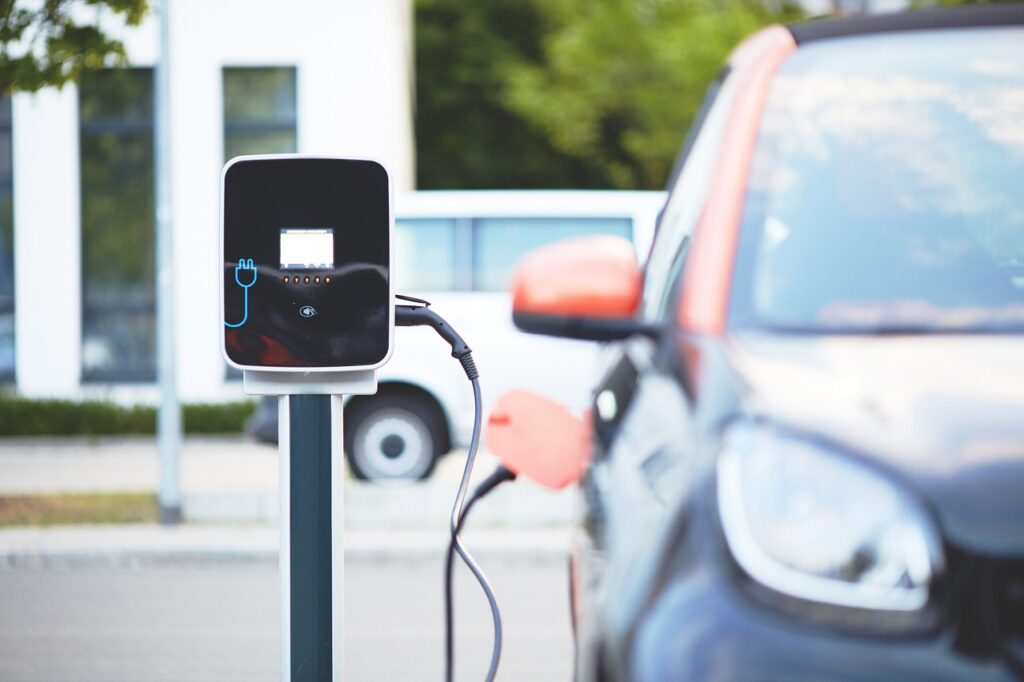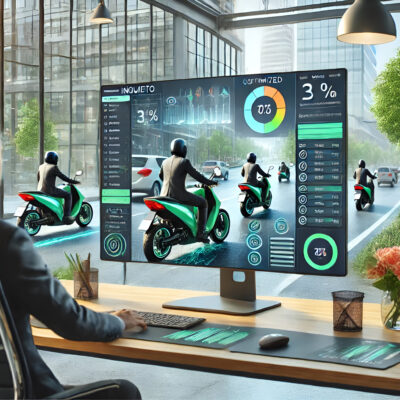In a world increasingly aware of environmental challenges, it is extremely important for companies to reduce their environmental impact without sacrificing their competitiveness and efficiency. A key strategy to achieve both is the electrification of their commercial fleets.
Moving towards sustainable mobility has many benefits. Why consider it and how to plan for it effectively? We’ll explain everything you need to know!
Reasons for electrifying your fleet
The electrification of commercial fleets is the shift from internal combustion vehicles to electric vehicles, replacing the use of fossil fuels as a source of energy with electricity. This brings a series of important benefits, whatever the goal or purpose of the fleets.
- Reducing emissions is the most obvious benefit of this change and, furthermore, it is of the utmost importance in a constantly evolving landscape. The use of this energy source, much cleaner and more sustainable, means that the vehicles used do not produce carbon emissions, contributing to an improvement in air quality and helping in the fight against climate change.
- Much lower operating costs. Although the purchase of electric vehicles may mean a slightly higher initial investment, in the long-term there is a notable reduction in expenses. Fuel costs are eliminated and, in addition, since they have fewer moving parts, they are not as prone to wear and tear so repair costs are considerably reduced.
- Improvement in brand image through the adoption of a new, more committed and responsible identity, which can be perceived positively by customers, employees and stakeholders. Furthermore, an improvement in brand image may be a crucial competitive advantage on the market.
- Greater compliance with regulations. The electrification of fleets guarantees comprehensive compliance with regulations and standards related with environmental commitment and respect. This translates into a lower risk of fines and sanctions and thus savings for the business.
- Greater freedom of movement. Electric vehicles allow access to Low Emission Zones and provide greater freedom of movement in urban centres, which will expand the scope and business opportunities.
How to plan the electrification of your fleet
Comprehensive planning is an essential strategy for any company seeking to move forward on the path of sustainability and operational efficiency. The first steps to be taken into account when planning this transition:
- The first step is a comprehensive assessment of the current fleet or vehicles. It is important to identify vehicles that can be replaced by electric alternatives and determine charging or autonomy needs according to their purpose.
- Analysis of costs and ROI. It is important to bear in mind the initial investment in factors such as installing charging infrastructure, but it is also essential to study the tax and financial benefits and incentives available, as well as savings on fuel and maintenance.
- Definition of a business plan and analysis of electric vehicles which best adapt to the needs of the company. In this regard, here at Restless we provide 100% personalised advice to find the options that best suit each business model.
- Planning the charging infrastructure. For the fleet to operate efficiently and cover all the necessary routes or trips, it is important to determine both the location where the charging points will be installed and the type of chargers that will be needed.
- Design of a transition plan. Developing a detailed transition strategy that takes into account factors such as the purchase dates of electric vehicles, the installation of charging points, employee communication and training etc. Furthermore, this plan will not only serve to start the transition towards sustainable mobility, but it will also be useful in their ongoing management.
- Adjustment and monitoring. Once the new electric fleet has been implemented, you need to ensure that you monitor its performance and make adjustments where necessary. In this way, areas for improvement can be pinpointed and you can get the most out of the vehicles regardless of the business or company.
- Scope of the sustainability goals. Fleet electrification is not only a step towards operational efficiency and long-term cost and expense reduction, but it is a step towards a more sustainable future.
Every trip made by a fleet made up of electric vehicles is a step towards cleaner air and a healthier planet. The adoption of this technology is also an extremely beneficial strategy for companies. Not only in terms of sustainable mobility, but also in terms of efficiency and economy.





